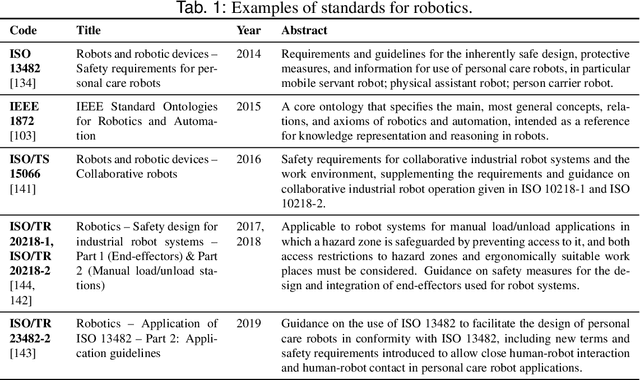Michael Winikoff
Towards a Framework for Certification of Reliable Autonomous Systems
Jan 24, 2020



Abstract:A computational system is called autonomous if it is able to make its own decisions, or take its own actions, without human supervision or control. The capability and spread of such systems have reached the point where they are beginning to touch much of everyday life. However, regulators grapple with how to deal with autonomous systems, for example how could we certify an Unmanned Aerial System for autonomous use in civilian airspace? We here analyse what is needed in order to provide verified reliable behaviour of an autonomous system, analyse what can be done as the state-of-the-art in automated verification, and propose a roadmap towards developing regulatory guidelines, including articulating challenges to researchers, to engineers, and to regulators. Case studies in seven distinct domains illustrate the article.
 Add to Chrome
Add to Chrome Add to Firefox
Add to Firefox Add to Edge
Add to Edge